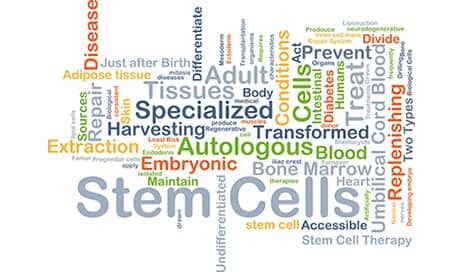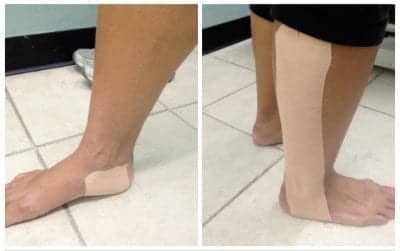Neuroscientists and surgeons from University of California School of Medicine report they have successfully grafted human neural progenitor cells into rhesus monkeys with spinal cord injuries.
The grafts not only survived, but grew hundreds of thousands of human axons and synapses resulting in improved forelimb function, they add.
The research, published recently in Nature Medicine, represents a significant step in translating similar, earlier work in rodents closer to human clinical trials and a potential remedy for spinal cord injuries in people, the researchers note, in a media release from University of California – San Diego.
“For more than three decades, spinal cord injury research has slowly moved toward the elusive goal of abundant, long-distance regeneration of injured axons, which is fundamental to any real restoration of physical function,” says Mark Tuszynski, MD, PhD, professor of neuroscience and director of the UC San Diego Translational Neuroscience Institute.
“While there was real progress in research using small animal models, there were also enormous uncertainties that we felt could only be addressed by progressing to models more like humans before we conduct trials with people,” Tuszynski adds, in the release
Successfully growing and proliferating functional grafted stem cells in spinal cord injuries is hindered by a multitude of innate, biological challenges. For example, the region surrounding the injury site—the so-called extracellular matrix—inhibits growth in the same way that a superficial scar never resembles the original tissue in form or function. The injury site is abundant with inhibitory myelin proteins (used to make the insulating sheath around many nerve fibers) but lacks growth-promoting factors, such as neurotrophins, that would encourage regeneration of nerve cells’ axons and synapses, the release explains.
Previous work by Tuszynski and others have found solutions or work-arounds for many of these obstacles, reporting notable progress using rodent models. The new work involves the use of human spinal cord-derived neural progenitor cells (NPCs)—stem cells destined to become nerve cells in the central nervous system (CNS)—in rhesus monkeys, whose biology and physiology is much more similar to humans. Because the NPCs were derived from an 8-week-old human embryonic spinal cord, they possessed active growth programs that supported robust axon extension and appeared to be insensitive to inhibitors present in the adult CNS.
Two weeks after the initial injury, researchers grafted 20 million NPCs into the injury lesions in the monkeys, supported by a cocktail of growth factors and immune-suppression drugs. The work was done at the California National Primate Research Center at UC Davis.
Over the next 9 months, the grafts grew, expressing key neural markers and sending hundreds of thousands of axons—the fibers through which nerve cells conduct signals to other nerve cells—through the injury site to undamaged cells and tissue on the other side. Several months into the study, researchers noted that the monkeys began to display partial recovery of movement in their affected forelimbs.
Notably, the team documented regeneration of corticospinal axons, which are essential for voluntary movement in humans, into the lesion sites—the first such known documentation in a primate model, the release continues.
Tuszynski notes that work remains to be done before initiating human clinical trials, including production of a candidate neural stem cell line from humans that meets requirements of the Food and Drug Administration, and additional studies of safety. His group also continues to explore ways to further enhance the growth, distance and functionality of the regenerated cells.
“We seem to have overcome some major barriers, including the inhibitory nature of adult myelin against axon growth,” he states. “Our work has taught us that stem cells will take a long time to mature after transplantation to an injury site, and that patience will be required when moving to humans.
“Still, the growth we observe from these cells is remarkable—and unlike anything I thought possible even ten years ago. There is clearly significant potential here that we hope will benefit humans with spinal cord injury.”
[Source(s): University of California – San Diego, Science Daily]





